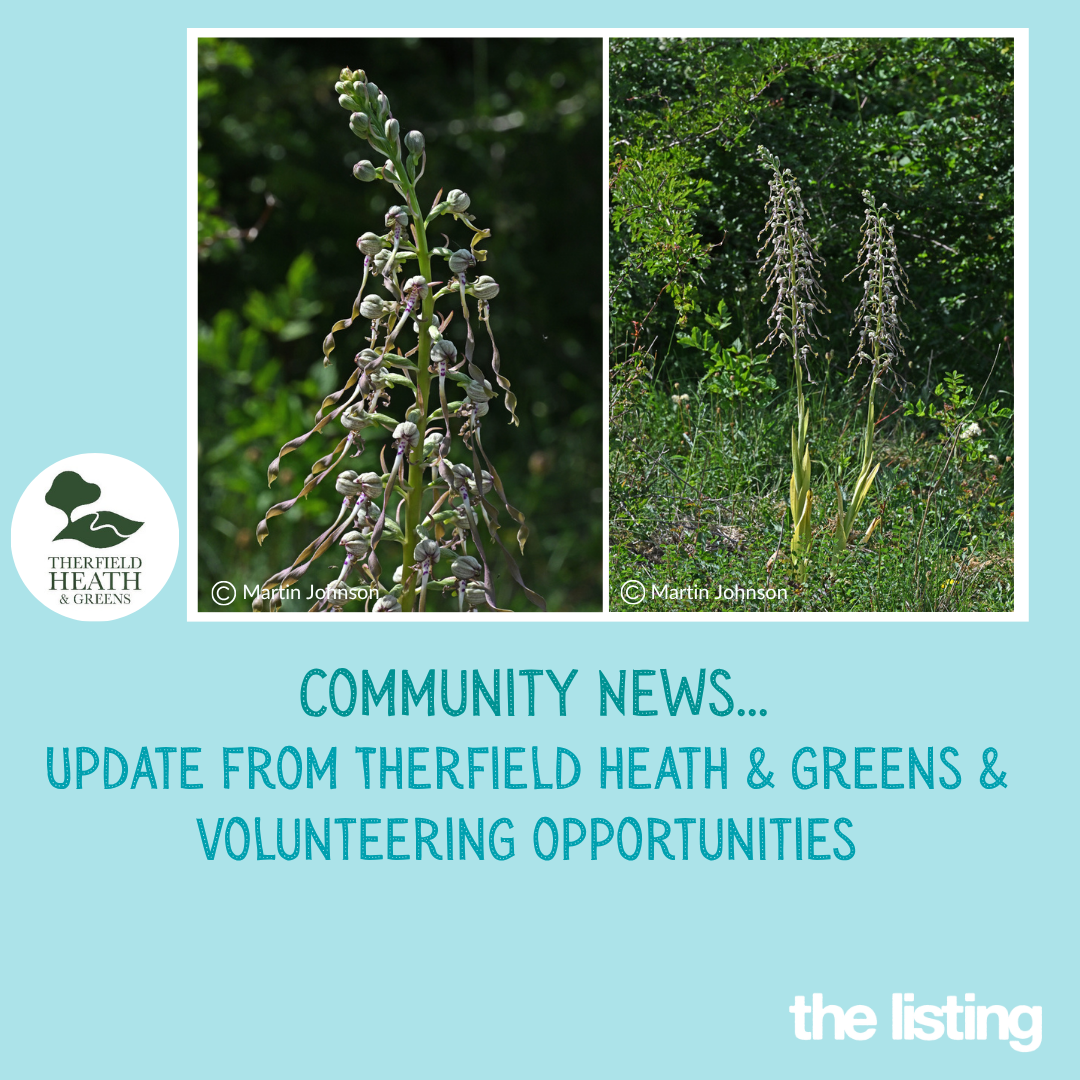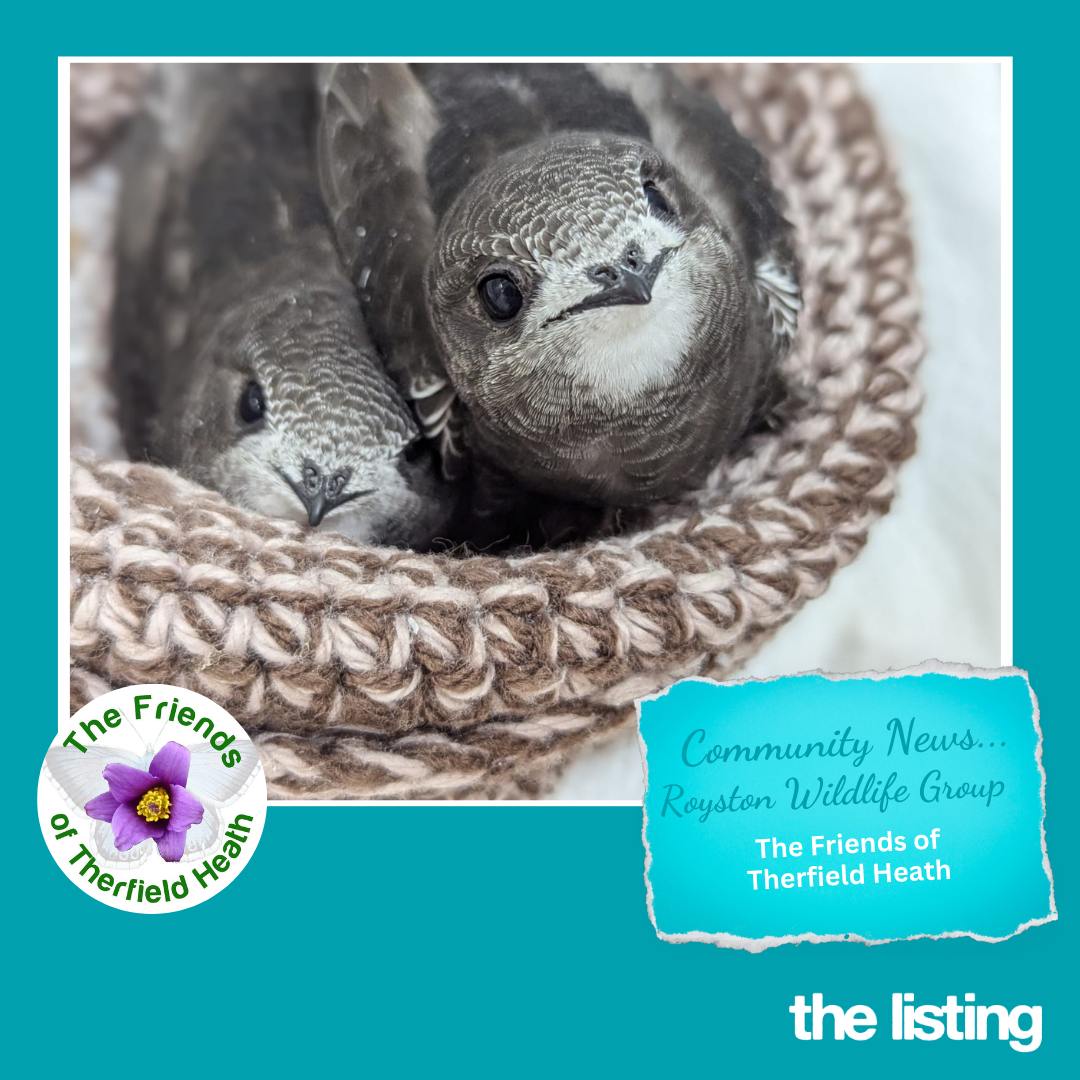Think Garden, Think Richard: Outdoors is the Place to… Appreciate the Small Stuff
In this new series of articles, I look at things to be doing in the garden during these uncertain times and reflect on how important our outside time is to nourish ourselves. Keeping physically and mentally fit should be high on our list of priorities. In my lifetime, being outside has never been as important to my health and wellbeing and that of my young family. The pace of life has quickened again, but it is important to take time to appreciate the changing of the seasons and the effect it has on our plants in our outside spaces and beyond. Being good at observation is a skill we often neglect as we enter adult life, but I think is the key to being a good gardener. The old gardeners I have enjoyed swapping stories with all talk of knowing your plot from the soil up to every plant and weed that it habits in. Why not try looking through the eyes of a child and you maybe surprised at the small stuff you notice.
Knowing your plot is one of the best ways to tune into your outside environment. It is true that many of us are gardening on ever decreasing amounts of space, but this should not stop us knowing our plots, in some ways it should be easier. Something as simple as knowing where the sun moves across the garden through the seasons will help to inform the plant selections that could work for you. Understanding the soil conditions is a critical element of knowing your plot. You can go to the lengths of sending soil away for analysis especially where nutrient and soil types are critical to your plans, for example when establishing a wild flower area. It is generally better to work with and improve the soil you have rather than fight against it. As those of you who have followed my editorial for a while will know, I am a great advocate of mulch to improve soil structure and fertility. Let the worms do the work for you. Observing the plants that are growing in your garden, and the surrounding gardens, will inform you of the type of plants that like the soil conditions in your area, and are a good starting point for consideration of new plants.
Planting closer to your windows really helps to give the feeling of being in the garden before you even step outside. It is a simple way to bridge the gap between our inside and outside space. I am not suggesting planting big bulky shrubs that will obscure the light, but using transparent planting such as herbaceous perennials and grasses to bring the plants and the sense of movement closer to our sight line. Home improvements often include large windows or bifold doors to allow light in, but why not invite the garden in too?! Perennials that hold their structure such as Phlomis, Agastache, Verbena, Veronicastrum, Salvia, Foeniculum and Lythrum to name just a few are good, as they offer interest in their dying form heading into the autumn and winter. Grasses such as Miscanthus, Calamagrostis and Stipa mix well too. I love to mix dogwoods into my herbaceous plantings as they give good structure and if pruned carefully will not dominate. Cornus alba ‘Elegantissima’ and Cornus stolonifera ‘Flaviramea’ work well and introduce red and golden stems into the autumn and winter scene. There is always a place for larger shrubs in the garden, but their position in the garden needs to reflect the predicted mature size. It is a common mistake to see shrubs densely planted for instant effect, but as they mature this will give an overcrowded feel. This is good reason to consider more perennials in the garden as they offer a great way to engage with the growth cycles of the seasons. Recognising the young growth of a Dicentra in the spring or the flowers forming on a Foxglove and observing them through their stages of life is the great pleasure of horticulture. Make time to enjoy these simple pleasures!
Making changes that will nourish us and encourage interaction with nature and our outside space is crucial in these uncertain times. Nature has great healing and restorative powers that we can tap into if we are open to it. Something as simple as taking your children for a walk in the woods at the weekend and identifying plants in the hedgerows, such as the haws on the hawthorn, the sloe berries or the acorns on the ground, will invite nature into their lives. Listening to the robin singing or picking out a contact call of a woodpecker is great fun. Creating a space to sit in your garden and stop and tune in for half an hour is good for you.
For more in-depth advice please get in touch to arrange a consultation at mail@richardarnott.com














